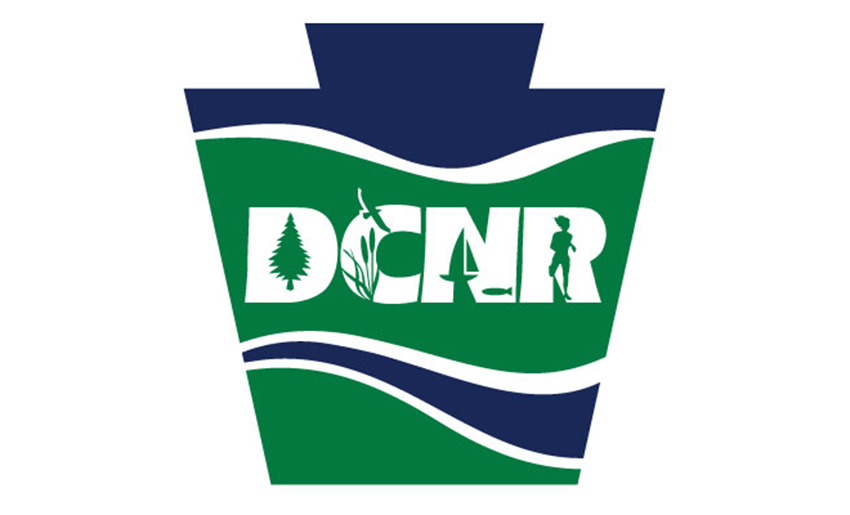“I’ve always been an outdoors person. I started visiting the gorge regularly when I was in my early 20’s, and before any of the present trails were developed. I’d follow deer trails and was really impressed with the spectacular display of spring ephemerals in the gorge. When I was in college, I discovered geology and ended up majoring in it. Today, when I’m out walking, I still look for geological features like outcrops of sandstone, limestone, shale, and coal.”
“My great-great grandparents, Charles and Harriet Greenwood, came here to the Cedar Creek Gorge area in the mid 1870’s. The Industrial Revolution had ended in northwestern England and they arrived in the United States seeking work and a new life. Their sons Andrew and William – my great-grandfather – went to work in nearby coal mines. I have some photographs from the early 1900’s of my family posing for a photographer. Today there’s some rubble and remnants of a hand-built stone wall between a wagon road and where their house once stood.
“John Steen operated a sawmill near the present-day Great Allegheny Passage and its bridge over Cedar Creek. He and his wife Susan had a number of children including a daughter, Hannah. William Greenwood and Hannah Steen met at some point, and fell in love. The rest is history.
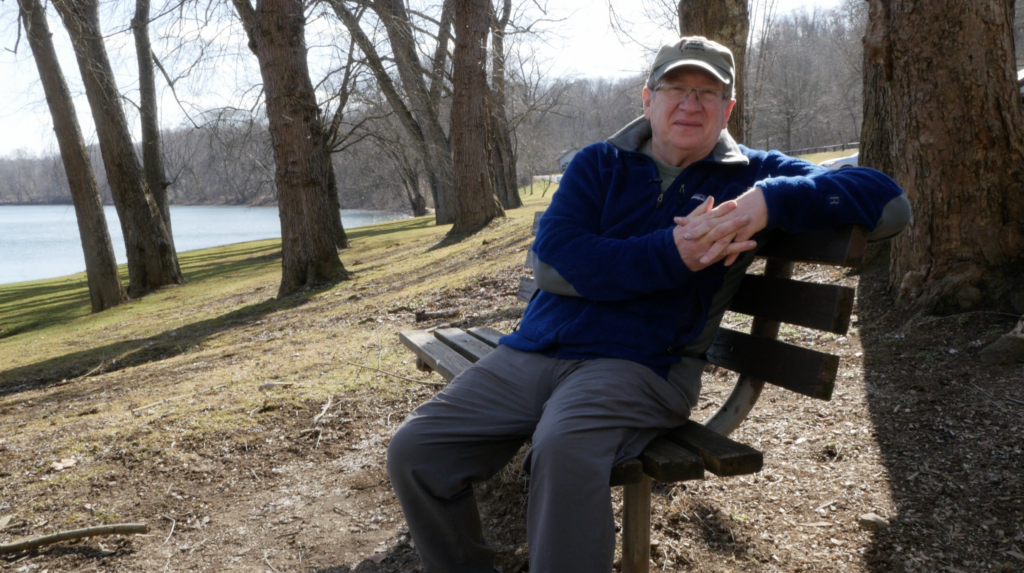
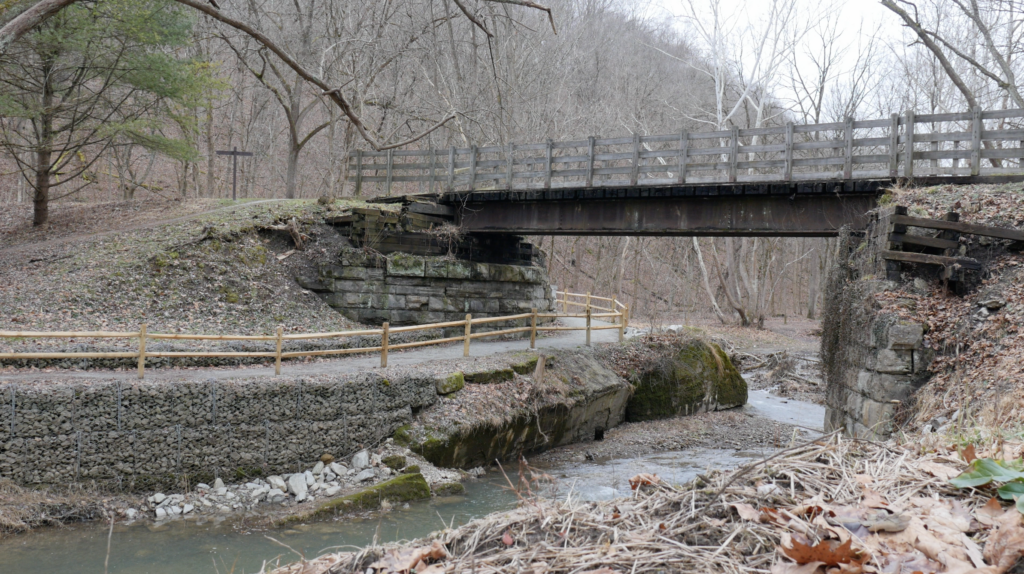

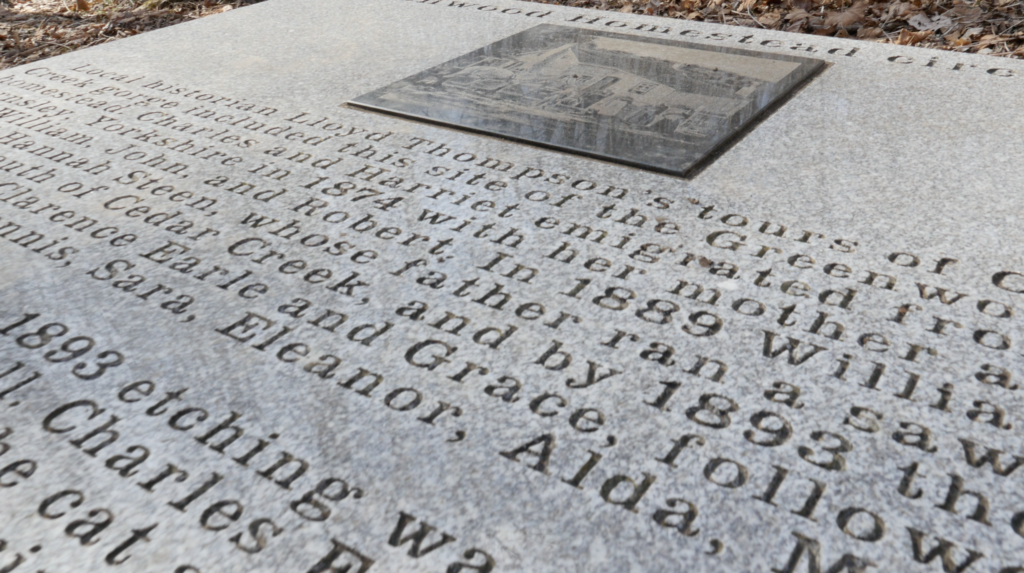
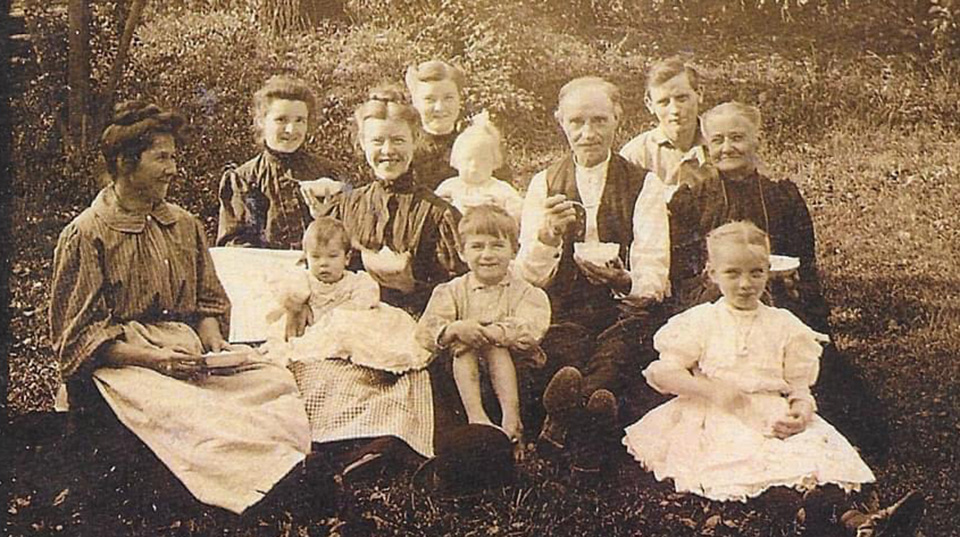
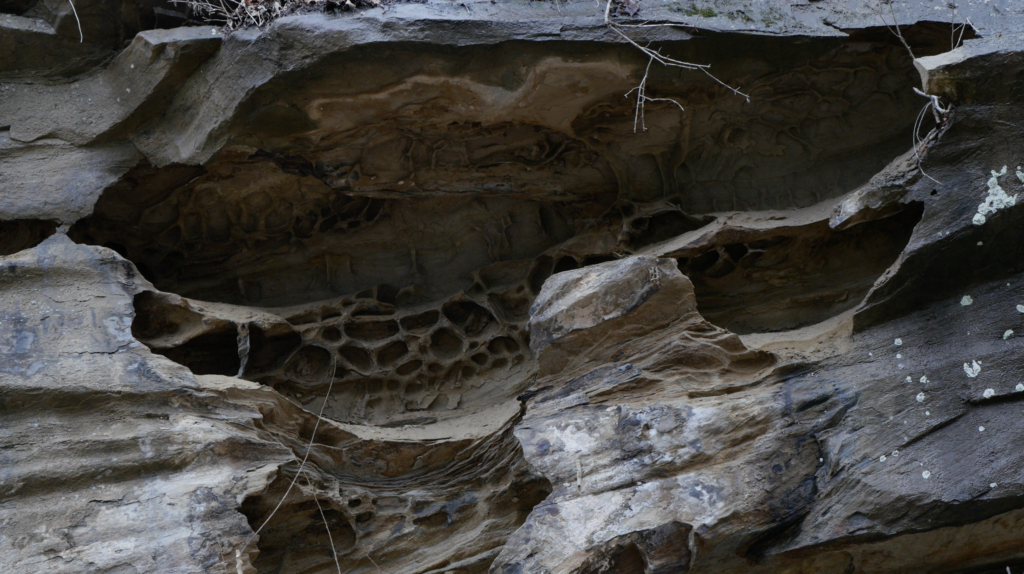
“Cedar Creek is a tributary of the Youghiogheny River, and Cedar Creek Gorge is essentially a steep sided valley that was formed by downcutting of the creek through bedrock. Capping the hilltops adjacent to the gorge are alluvial/lacustrine sediments deposited by glacial Lake Monongahela between 20,000 to two million years ago. In the gorge itself are outcrops of limestone, which form soils that are rich and good for growing plants.
“Just north of the gorge, along the Great Allegheny Passage, is the Post Office Box formation. It’s an outcrop of sandstone where weathering has created pockets or “boxes” in a bed of sandstone. And south of the gorge is the Port Royal Tufa, which was formed when calcium carbonate was deposited as calcium-rich springwater flowed over the highwall of the railroad excavation.
“I’ve always been an outdoors person. I started visiting the gorge regularly when I was in my early 20’s, and before any of the present trails were developed. I’d follow deer trails and was really impressed with the spectacular display of spring ephemerals in the gorge. I believe my grandmother, Eleanor, developed her great love of wildflowers from visiting her Greenwood grandparents here when she was a young girl, and she continued walking here well into her eighties.
“When I was in college, I discovered geology and ended up majoring in it. That led to career in geotechnical consulting where I worked with engineers to address mine subsidence and landslides. Today, when I’m out walking, I still look for geological features like outcrops of sandstone, limestone, shale, and coal.
“I know a lot of people riding the Great Allegheny Passage are goal-oriented and they want to get from point A to point B as fast as possible, which is fine, but hopefully some people will be aware of their surroundings and appreciate the beauty and history of the area.
This content was created by Anita Harnish for the Great Allegheny Passage Conservancy and financed through grants from the Pennsylvania Department of Conservation and Natural Resources’ Bureau of Recreation and Conservation, through its Community Conservation Partnerships Program and Environmental Stewardship Fund, administered by Rivers of Steel Heritage Area and Pennsylvania Environmental Council’s Laurel Highlands Mini Grant Program; through funding via the Westmoreland, Fayette, and Somerset County Tourism Grant Programs; and with funds made available by the Great Allegheny Passage Conservancy.
